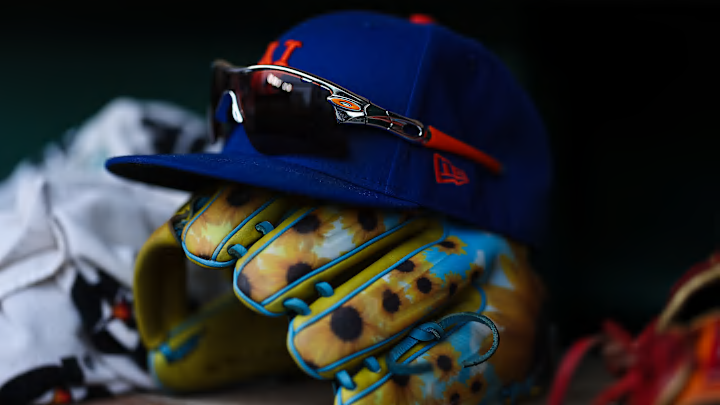The Baltimore Orioles showed baseball how to build the right way. But their approach soon took some wrong turns. Their homegrown rise, built on patience and scouting, was the envy of every front office. They proved that smart planning could still beat big spending. Yet even the best blueprints can bend under pressure. The New York Mets should study that lesson closely.
Now the Mets sit at the top of the farm-system rankings. Their system is full of potential and possibilities. But having talent is only half the battle. The real test is how they use it, turning prospects into contributors—not just hopes. The Orioles had a strong foundation but stumbled going from 'bright future' to 'finished product.' The Mets cannot afford to make the same mistakes as they aim to contend.
Mets must avoid Orioles’ missteps to turn talent into a winning team
Baseball loves a good prospect story. It is easy to imagine the “next big thing” turning a franchise around, but not every top prospect becomes a star. The Orioles had a collection of talent that looked unstoppable on paper, yet too much of their roster was filled with first- and second-year players hoping for upside. The result was a roster bursting with promise but lacking enough proven pieces to carry the team when it mattered.
That overreliance on prospects left little margin for error. In 2025, Baltimore relied heavily on young players and underwhelming veterans, never investing in a true top-of-the-rotation arm, and the gaps in experience and production became increasingly difficult to ignore.
The Mets cannot repeat that approach. While they have top prospects across positions, their rotation is one area where relying too heavily on untested arms would be particularly risky. Balancing proven pitchers with high-upside talent is just one example of how New York must use its farm system wisely to avoid the Orioles’ missteps.
Mets need to use their top prospects wisely, leveraging some for proven talent
Trading prospects for established contributors is not a sign of weakness—it is how strong organizations accelerate contention. Baltimore demonstrated the potential of this strategy with their 2024 trade for Corbin Burnes, showing how prospects can be exchanged for a frontline arm. Teams like the Red Sox provide a further example. They traded top prospects for Garrett Crochet, a proven young arm, and used their financial resources to keep him long term, strengthening their roster immediately while relying on other prospects to contribute at the major-league level.
The Mets must seize this pivotal moment: hold onto ready contributors, trade select prospects for proven talent, and actively shape their roster for immediate success. By making bold, strategic moves, New York can convert its top-ranked farm system into a championship-caliber team and avoid repeating Baltimore’s missteps. The path to October greatness is clear—it’s time for the Mets to take it.
